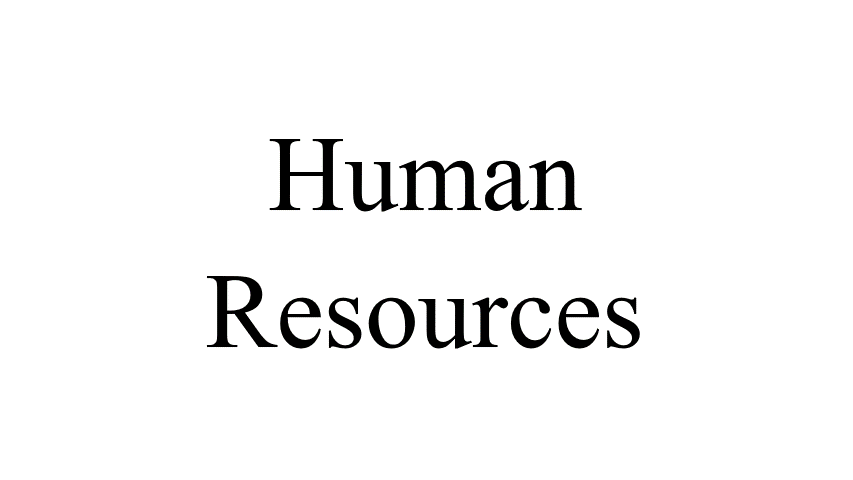The concept of Work as we’ve known it, is over. “Work” isn’t working anymore. The stereotypical model of work was already dying a slow death. Then came COVID19. Everything changed and everybody changed too. We’re only now discovering the nascent impact of those changes. But one thing is for sure. These changes are permanent.
Now as we’re emerging from the pandemic, we’re seeing two roads diverging in the wood. Some people are determined to return to what we did and how we did it prior to COVID. Others are adamant that they will never return to the old ways.
Will our methods of working together change back to the previous methodology? Traveling to a separate location for our “workday” then returning to our respective homes? Or will there be a sea change where coworkers interact entirely within the digital realm and almost never interact in the corporeal world?
The answer is an unequivocal “Yes”.
Welcome to the “Phygital World”
You’ve been acting (very successfully) in the “Phygital World” for some time now, even if you didn’t realize it. The “Internet of Things” is a widely recognized construct; physical objects embedded with technologies that connect and exchange data with other devices and systems over the Internet.
The concept of the “Phygital World” (I loves me some portmanteaus) incorporates how we as human beings interact with the “Internet of Things” and with each other, both in the physical and the digital realms, as we go about our daily lives.
Any time you interact with a “screen” (phone, tablet, laptop, etc.) while simultaneously engaging another person in the physical realm, you’re experiencing the “Phygital World”. Transactions as simple as buying an item from a supermarket entail the use of technology – a coupon app on a smart phone, using a chipped ATM card to pay at the register, the cashier scanning the item, etc. – as well as human interaction with the cashier, the various clerks in the store, etc. There’s no “virtual reality” about it. It’s just “reality” as we know it.
So, what does the Phygital World have to do with Executive Search and team building strategy? Everything.
Life / Work Smoothie
Remember the heady days back in late 2019 when people were talking about things like digital transformation and life/work balance? Well, the answer to “Is your company ready for digital transformation?” became “If not, yer goin’ outta business”. And “life/work” balance (which never really existed) has also transformed. We’re now experiencing “Life/Work Smoothie”.
Much like our Phygital interactions, remote work and remote learning have shown the way we live our lives and the way we earn a living have become interleaved. And employers who want to attract and retain the best talent will need to adapt to those changes. The old model of commuting to a work location is now outdated. Some jobs will continue to require workers to be onsite by necessity – we don’t want nuclear scientists splitting the atom at home or infectious disease experts working from their she-sheds.
But most of the work that can be done on a computer with internet access from anywhere, will, well, be done on a computer with internet access from anywhere, most likely the worker’s home. The same home that may have children, spouses, pets, etc. and other focuses of attention, time, and energy. Which means that the concept of a “work” day is going to look vastly different from the traditional commuter model.
A New “Work” Day
Instead of a 9 to 5 workday with a commute on either end, the new workday will still see the same amount of, if not more, work hours. They just won’t be in a row. And that freedom to work on their own schedule has made some workers more productive. The freedom to compartmentalize their time as they see fit can allow workers to solve challenges within the rhythm and pace of their day. Resulting in a workforce that is effective both at “work” and their personal lives.
“I think we can be more purposeful about the time they’re in, making sure group meetings or collaboration, creative collaborative brainstorming or community building, happens then.”
Google CEO Sundar Pichai
Smart companies already understand the new workday and are embracing the change. Google has asked much of its workforce to return to the office when it makes sense to do so. Not just from a safety/Covid perspective, but from a productivity perspective. There are times when a group gathering can be incredibly productive. But Google is recognizing that when their workers are on site, that their time be respected and utilized effectively.
Which all brings it back to one thing…
HUMAN (resources)

Whether you call it Human Resources or Human Capital or “People”, smart companies have always been cognizant that their workforce is truly what makes their company run. Great in theory. However, too many companies, especially large corporations tend to treat their “People” like “resources”.
The end of Covid, the Great Resignation, the record number of job openings all point to one thing:
Companies that wish to be successful need to recognize that flexibility in how their “work” gets done will be the only guarantee their “work” gets done at all.
Greg Lamboy – Hager Executive Search
“Work” isn’t working anymore. Remote work forces have shown that productivity does not suffer (and can go up) if talent is trusted to successfully complete their work within the framework of their “Life/Work Smoothie”. The successful companies of the 21st Century will recognize that “workspaces” and “work paces” are different things. Allowing your workforce flexibility can make productivity soar. In many cases, it already is.
